
Ruth Bernhard was a German-born American photographer.

George White Marston was an American politician, department store owner, and philanthropist. Marston was involved with establishing Balboa Park, Presidio Park, and the San Diego Public Library. His contributions to San Diego earned him the affectionate title of "San Diego's First Citizen."
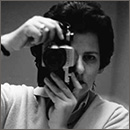
Ruth-Marion Baruch, was a German-born American photographer, remembered for her pictures of the San Francisco Bay Area in the 1960s.

Katherine Olivia Sessions was an American botanist, horticulturalist, and landscape architect closely associated with San Diego, California. She is known as the "Mother of Balboa Park".
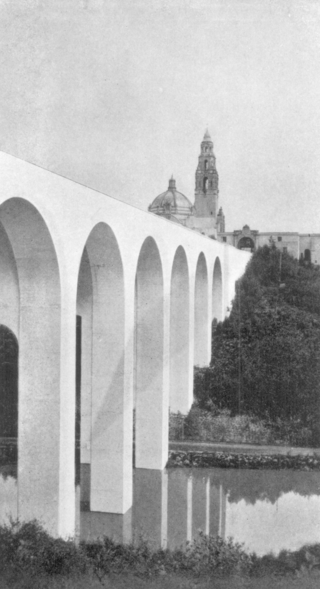
The Cabrillo Bridge is a historic bridge in San Diego, California, providing pedestrian and light automotive access between Balboa Park and the uptown area of San Diego. It was built for the Panama–California Exposition of 1915. The bridge was nominated for the National Register of Historic Places in 1976 and was named a Local Historic Civil Engineering Landmark by the American Society of Civil Engineers in 1986.

TheSan Diego Museum of Art is a fine art museum in Balboa Park in San Diego, California, that houses a broad collection with particular strength in Spanish art. It opened as the Fine Arts Gallery of San Diego on February 28, 1926, and changed to its current name in 1978. The official Balboa Park website calls it "the region's oldest and largest art museum". Nearly half a million people visit the museum each year.
Yōsuke Yamahata was a Japanese photographer best known for extensively photographing Nagasaki the day after it was bombed.
David Robinson is a British photographer, artist, and author. Preoccupied with the landscape of leisure he is best known as the creator of Golfers (2000), Wonderland (2003), and Lee Valley Leisure (2005).

The Mingei International Museum is a non-profit public institution in Balboa Park in San Diego, California, that collects, conserves and exhibits folk art, craft and design. The museum was founded in 1974, and its building opened in 1978. The word mingei, meaning 'art of the people,' was coined by the Japanese scholar Dr. Sōetsu Yanagi by combining the Japanese words for all people and art.
Roger Camp is a photographer, poet and educator. Initially self-taught, he began photographing in earnest on a transcontinental bicycle trip he planned and executed at age 15 (1961). Accompanied by his twin brother, Roderic Ai Camp, the political scientist, they rode from Orange, California to Dayton, Ohio and the following year to Victoria, B.C., Canada. The trips are chronicled in a two-part article in The American Geographical Society's Focus.

Balboa Park is a 1,200-acre (490 ha) historic urban cultural park in San Diego, California. Placed in reserve in 1835, the park's site is one of the oldest in the United States dedicated to public recreational use. The park hosts various museums, theaters, restaurants, and the San Diego Zoo. It is managed and maintained by the Parks and Recreation Department of the City of San Diego.
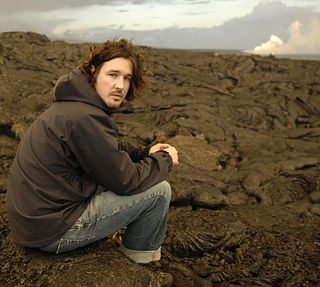
Bil Zelman is an American photographer and director known for his powerful, candid portraiture and spontaneous, photojournalistic style. Zelman developed a highly stylized form of hard-flash street photography while in art school and Los Angeles Times art critic Leah Ollman compares the "psychological density" of his work to the likes of Garry Winogrand, Larry Fink, Diane Arbus and William Klein- photographers that are "purposely getting it wrong in one way so as to get it right in another, disrupting visual order to ignite a kind of visceral disorder".
Harley Gaber was a visual artist and composer known for his minimalist and spectral approaches to time and sound. With his emphasis on quiet sustained sonorities and textures, Gaber is counted among the early American minimalist composers, and considered to be a forerunner of drone and spectralism. His best known recorded composition, The Winds Rise in the North, has been called by musician Keith Fullerton Whitman "one of the holy grails of minimalism in music in the 20th century."

The San Diego History Center is a museum in Balboa Park in San Diego, California, dedicated to the history of San Diego.
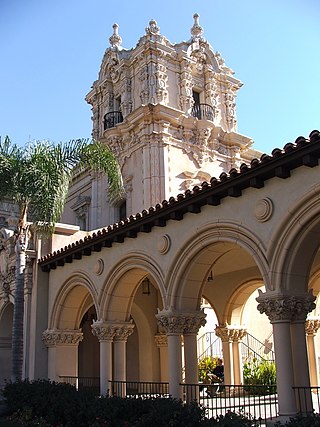
The Casa de Balboa is a building in Balboa Park in San Diego, California. The building was originally known as the Commerce and Industries Building, and later called the Canadian Building, the Palace of Better Housing, and the Electric Building. It is currently home to the Museum of Photographic Arts, San Diego History Center, San Diego Model Railroad Museum, and the Balboa Art Conservation Center.
Holly Roberts is an American visual artist known best for her combination of photography and paint. “Holly Roberts caused a stir in the fine art photography world of the eighties by fusing painting and photography, painting directly onto photographs”. Roberts lives and works in Corrales, New Mexico. Her work is in the permanent collection of several museums in the United States.
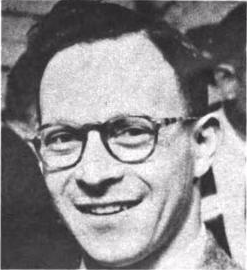
Arthur Lavine was an American mid-century photojournalist and magazine photographer who, among other achievements, produced significant documentation of New Caledonia during World War 2.
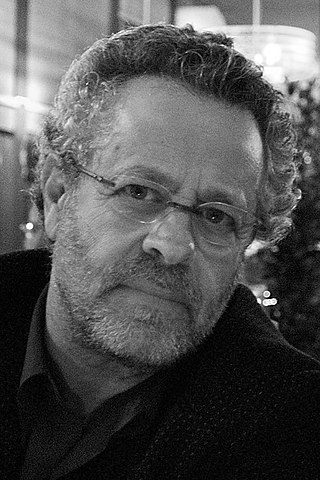
Arthur Ollman is an American photographer, author, curator, professor emeritus (San Diego State University, and founding director of The Museum of Photographic Arts, San Diego. He served as MoPA director from 1983 to 2006, and as director of the School of Art, Design and Art History, SDSU, from 2006 to 2011. He was president of the board of directors for the Foundation for the Exhibition of Photography and has authored and contributed to more than twenty-five books and catalogs.
Jed Robert Fielding is an American street photographer, based in Chicago. His work has concentrated on the Italian cities of Rome and Naples, as well as Mexico City. He has published the monographs City of Secrets: Photographs of Naples (1997), Look at me: Photographs from Mexico City (2009), and Encounter: Photographs by Jed Fielding (2022).
Elizabeth Sisco is an artist active in the Chicano art movement.



















